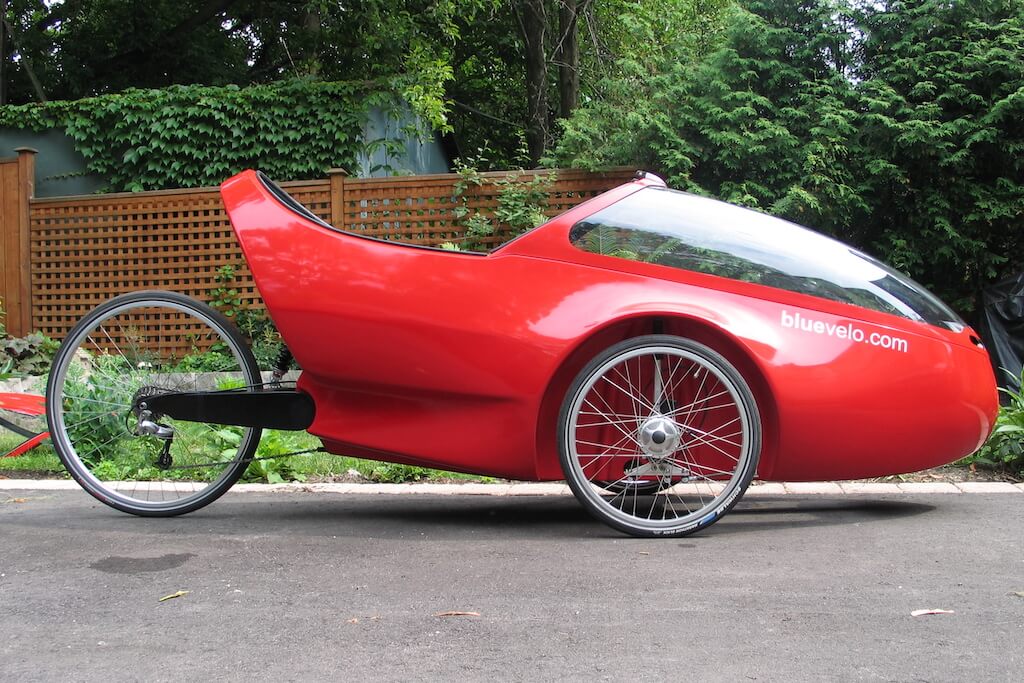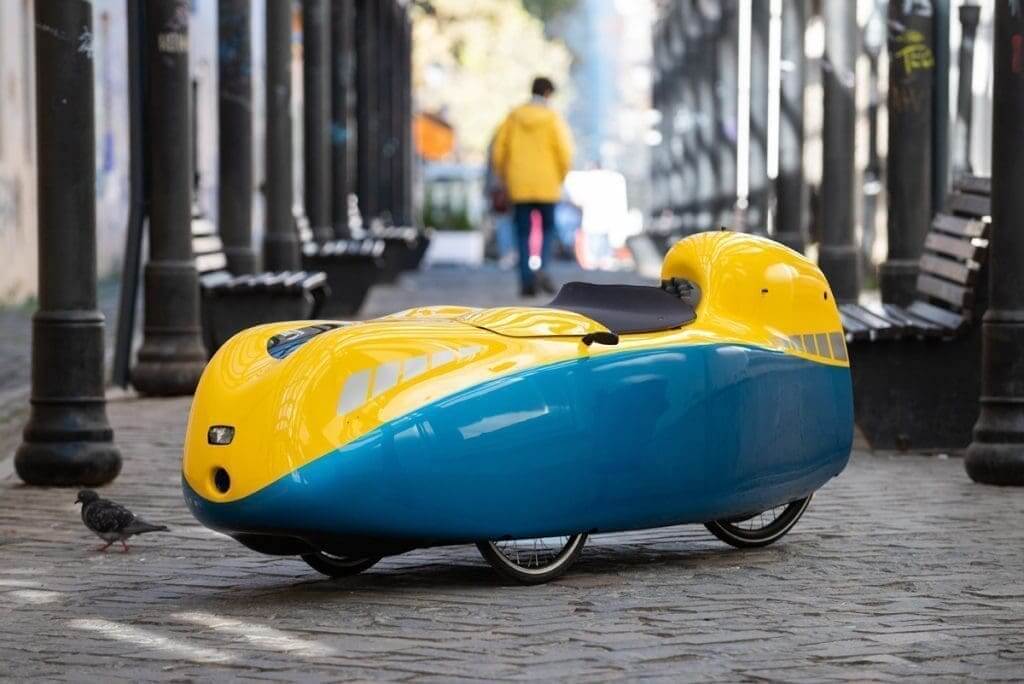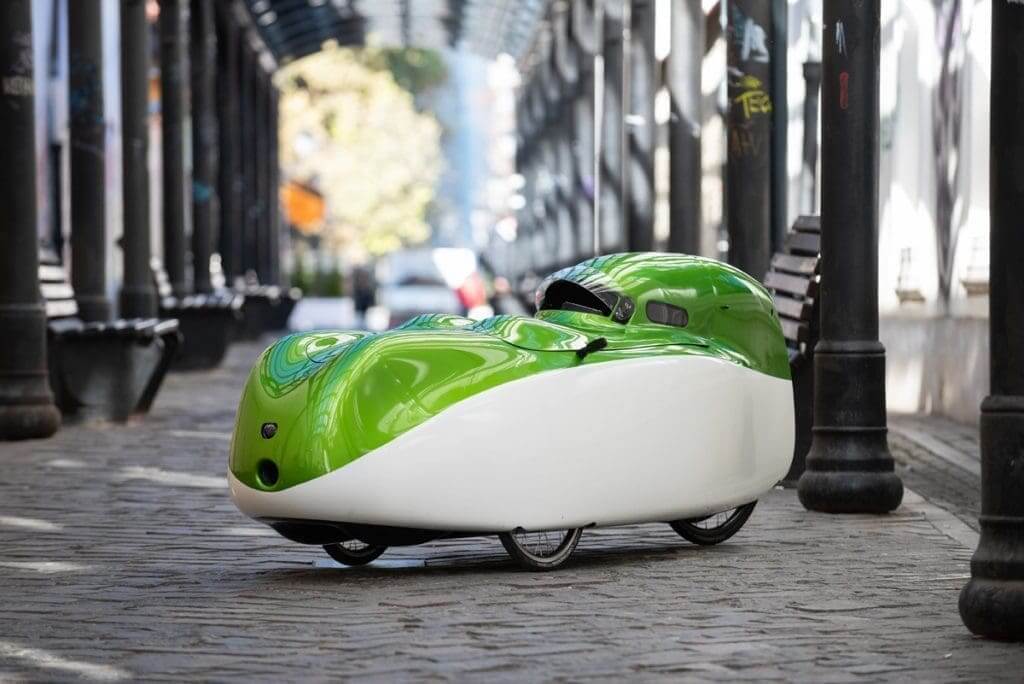Autumn Gear Guide
Find inspiration in our Gear Guide that will keep you out on your bike through wind or rain.
Download NowOk, you’ve probably heard about these futuristic pedal cars but have been wondering just what are velomobiles. In recent years, there has been a bicycle and e-bike boom and now the two-wheeled marvels we know and love have become common sight on streets and paths around the world. While traditional bikes and trikes are amazing, […]
Ok, you’ve probably heard about these futuristic pedal cars but have been wondering just what are velomobiles. In recent years, there has been a bicycle and e-bike boom and now the two-wheeled marvels we know and love have become common sight on streets and paths around the world. While traditional bikes and trikes are amazing, a unique and lesser-known variant has quietly taken root – the velomobile. In this comprehensive guide, we embark on a journey to unravel the mysteries of these human-powered speedsters, exploring everything from their history to notable models and essential features.
Velomobiles, also known as velocars, redefine the boundaries between bicycles and cars, except without the stinky, planet-killing fossil fuel issue. Available with two or three wheels (or even more), these vehicles place the rider in either an upright or recumbent position. Much like traditional bikes, trikes, or pedal go-karts, velomobiles harness human power to propel themselves forward.
What sets velomobiles apart is their enclosed design, offering numerous advantages. The aerodynamic shell enhances efficiency and speed, allowing velomobiles to achieve remarkable speeds beyond the capabilities of regular bikes or trikes. The enclosed body not only improves aerodynamics but also provides protection from the elements and potential injury in case of an accident.
While recumbent riders are known for embracing velomobiles, these unique vehicles cater to a diverse audience. Their versatility makes them suitable for various purposes, be it for entertainment, exercise, or even as an alternative to motor vehicles. Velomobiles offer a thrilling ride, and with numerous customization options, there’s a model for everyone.
The roots of velomobiles trace back to the innovative mind of Charles Mochet, who crafted a “bike-car” for his son over a decade before World War II. His designs, known as “velocars,” evolved into one-, two-, and four-seat pedal-powered vehicles. Over the years, different construction techniques, from steel frames to fabric-covered wire cages, contributed to the velomobile’s evolution.

Velomobiles can also offer some serious speed and fun with models such as this one seen in Toronto
Despite a small market, over 30 velomobile designs have been published. Key models have stood the test of time and remain popular among enthusiasts today. DIY designs and kit options also allow passionate individuals to design and build their own velomobiles from the comfort of their homes.
Velomobiles come in various construction designs, with body-on-frame and monocoque being the most common. The body-on-frame design allows for versatility in materials, ranging from fabric and plywood to fiberglass and carbon fiber. Monocoque designs involve forming an aluminum sheet into a single-piece body, offering a sleek appearance but often at a higher cost.
While velomobiles are primarily human-powered, electric-assist versions have emerged. Some designs, like the Finnish Northern Light 428, feature a hybrid system that allows riders to generate and store power on flat terrain for use during more demanding situations, such as climbing hills.
When choosing a velomobile, several features deserve attention. Consider the wheel configuration – tadpole tricycles with two wheels in the front and one in the back offer stability and better crosswind handling. The choice between open and closed designs depends on weather conditions, while braking systems, drivetrains, and accessories like lights, mirrors, and water bottle holders enhance the overall riding experience.

Three-wheeled velomobile
Velomobiles are considered bicycles in most countries, allowing them on bike lanes, shared paths, and city roads. Safety measures include equipping the velomobile with daytime running lights and a safety flag. Riders must be mindful of their low profile, especially when sharing roads with larger vehicles.
Cycling a velomobile offers heightened visibility on the road due to several factors. Firstly, the larger profile of velomobiles, distinguished by their unique shape and size, ensures increased noticeability among pedestrians and drivers. Additionally, many velomobile models feature integrated lights, reflectors, and signaling devices, enhancing visibility in low-light conditions or adverse weather. The eye-catching and distinctive appearance of velomobiles, coupled with the use of reflective surfaces and contrasting colors, further contribute to their standout visibility. These attributes collectively make velomobiles more likely to catch the attention of other road users.
Given their uniqueness, velomobiles are attractive to thieves. Proper security measures, such as using a solid U-lock, are essential even when stored in a garage. Bicycle insurance, including medical gap coverage and vehicle contact protection, offers additional protection and peace of mind for velomobile owners.
Check out the Velomobile Channel on YouTube for a great look at this community, and Velomobileworld.com (photos at top) for great models from which to choose.
Velomobiles stand as a testament to human creativity, offering a thrilling blend of efficiency, speed, and sustainability. Whether you’re a recumbent enthusiast, a daily commuter, or an adventure seeker, velomobiles provide a unique riding experience. As these human-powered marvels continue to evolve, they carve a niche for themselves in the world of sustainable transportation, beckoning riders to explore the roads in a new and exciting way. Step into the velomobile realm – where pedal power meets innovation, and the journey is as captivating as the destination.
Find inspiration in our Gear Guide that will keep you out on your bike through wind or rain.
Download Now




Leave a comment